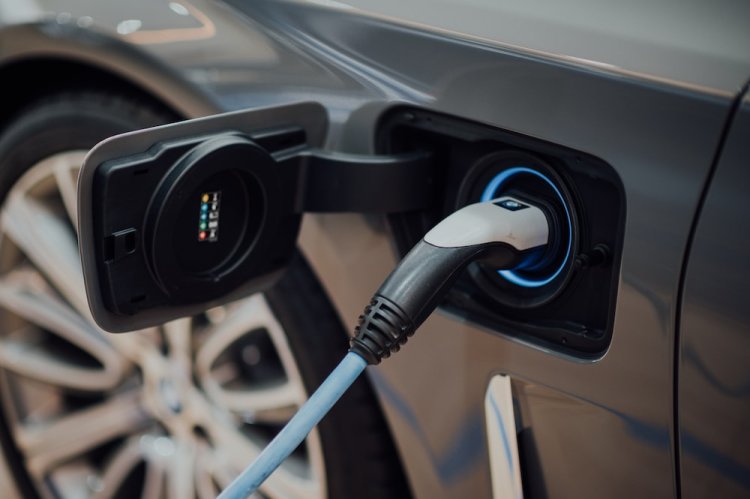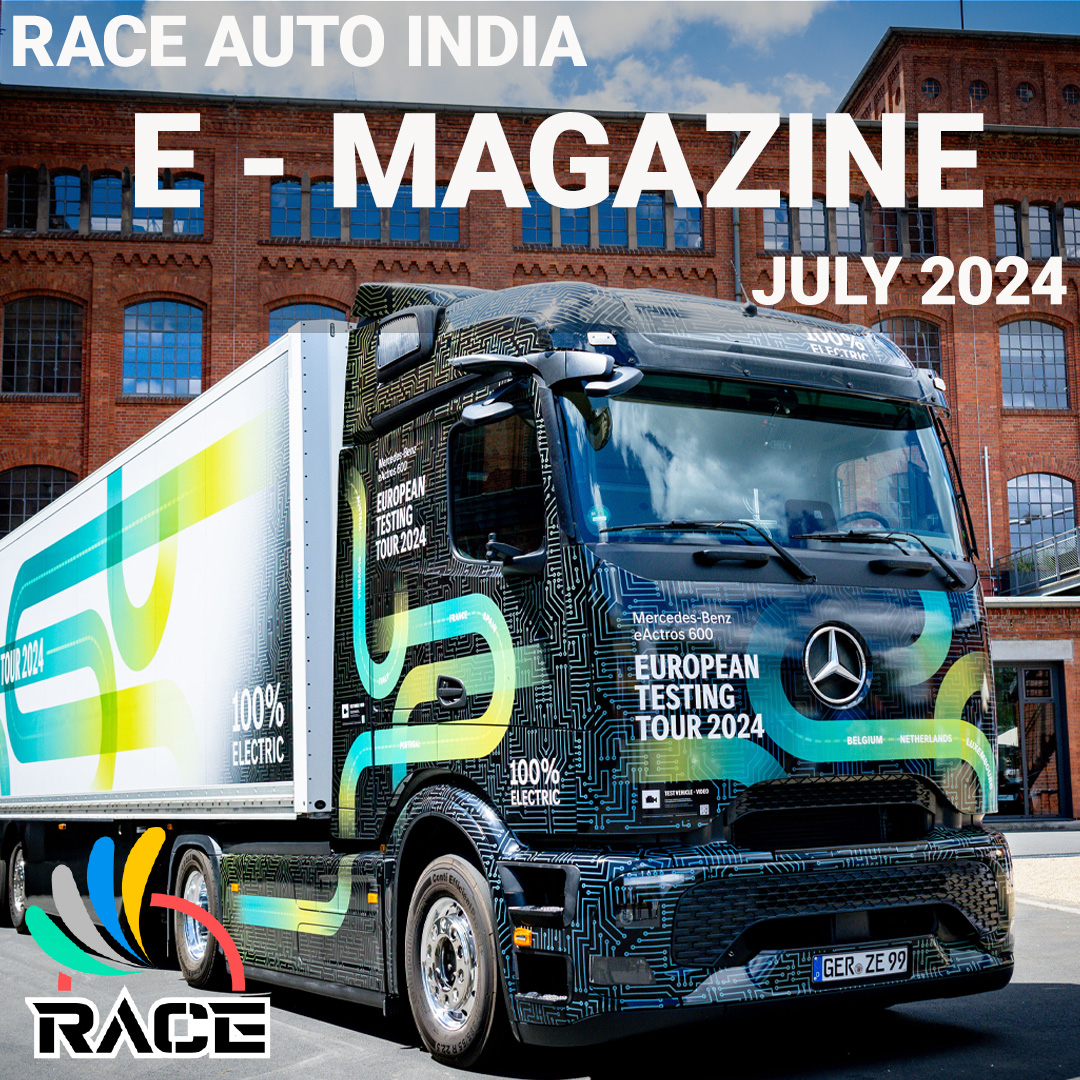India's EV Charging Infrastructure: The Key to Adoption
Currently the country has 8759 Operational Charging stations, spread across various states and aims to provide seamless energy transaction to enable adoption for EV in the country.

Adoption to electric vehicle in India is on a rapid growth in the adoption to Electric vehicles, where the government supports the evolution by providing massive incentives both the producer and the consumer through policies like FAME which aims at 30% of EV sales in cars, 70% of Commercial vehicles and 40% buses and 80% in two and three wheelers by 2030.
In that case, setting up a charging station with much precaution and viable / accessible which would be an enabler in the adaptation to EV process.

Source: Bureau of Energy Efficiency
Currently the country has 8759 Operational Charging stations, spread across various states, 73 charge point operators.
How EV Charging Stations Work
Electric vehicle (EV) charging stations are becoming increasingly common as the popularity of EVs grows. But how do they actually work?
The basic setup of an EV charging station consists of four parts: the EV, the EVSE, the CMS, and the user end.
The EVSE, or electric vehicle supply equipment, is the charging equipment that connects the EV to a main supply. The EVSE is the "brain" of the charging station, and it provides a number of services, such as authentication, metering, payment, and remote monitoring.
The CMS, or central management system, is a cloud-based system that operates the charging station. The CMS communicates with the EVSE and facilitates its processes. It is like a bridge between the charging station and the end user. The CMS also helps users find the nearest charging station and book a slot.
When a user plugs their EV into an EVSE, the EVSE communicates with the CMS to verify the user's identity and authorize the charging session. The EVSE then begins charging the EV's battery. The CMS tracks the charging session and provides the user with real-time updates on the status of their charge.
Once the EV is fully charged, the charging session ends automatically. The CMS sends a notification to the user, and the EVSE disconnects from the EV.
Government Guidelines for Public Electric Vehicle Charging Stations

Pic Courtesy: NITI Aayog
The Ministry of Power (MoP) has notified guidelines for public electric vehicle (EV) charging stations in India. The guidelines outline the key requirements for the setup and operation of EV charging stations, including the following:
Exclusive transformer with safety appliance: The charging station must have an exclusive transformer with all related substation equipment, including safety appliance. This is to ensure the safety of EV users and the general public.
33/11 kV lines/cables and associated equipment: The charging station must include 33/11 kV lines/cables and associated equipment, including line termination etc. This will provide the necessary power to the charging station.
Appropriate cabling and electrical work ensuring safety: The charging station must have appropriate cabling and electrical work ensuring safety. This includes the use of fire-resistant materials and the installation of proper grounding.
Adequate space for charging and entry/exit of vehicles: The charging station must have adequate space for charging and entry/exit of vehicles. This will ensure the smooth flow of traffic and the safety of EV users.
Tie-up with at least one online Network Service Provider (NSP): The charging station must tie-up with at least one online Network Service Provider (NSP) to enable advance remote/ online booking of charging slots. This will allow EV users to easily book a charging slot in advance.
EVSE (electric vehicle supply equipment) shall be type tested by a third-party lab accredited by National Accreditation Board for Testing and Calibration Laboratories (NABL): The EVSE (electric vehicle supply equipment) used at the charging station must be type tested by a third-party lab accredited by National Accreditation Board for Testing and Calibration Laboratories (NABL). This will ensure the quality and safety of the EVSE.
New Standards for Electric Vehicle Charging Systems Released in India
The Automotive Research Association of India (ARAI) has released two new standards for electric vehicle (EV) charging systems. The standards, AIS 138 Part 1 and AIS 138 Part 2, cover AC and DC charging systems, respectively.
AIS 138 Part 1 applies to charging electric road vehicles at standard AC supply voltages up to 1000 V. The standard covers the characteristics and operating conditions of the supply device and the connection to the vehicle, as well as the electrical safety of operators and third parties.
AIS 138 Part 2 gives the requirements for DC EV charging stations, also referred to as "DC chargers", for conductive connection to the vehicle. The standard covers DC output voltages up to 1500 V and includes information on electric vehicles for conductive connection.
Both standards are important milestones in the development of EV charging infrastructure in India. The standards provide a framework for the safe and reliable operation of EV charging systems, which will help to boost the adoption of EVs in the country.
Here are some key points from the standards:
· AIS 138 Part 1 applies to AC charging systems up to 1000 V.
· AIS 138 Part 2 applies to DC charging systems up to 1500 V.
· Both standards cover the electrical safety of operators and third parties.
· Both standards include information on electric vehicles for conductive connection.
The standards are expected to:
· Boost the adoption of EVs in India.
· Help to ensure the safe and reliable operation of EV charging systems.
· Provide a framework for the development of EV charging infrastructure in India.
New Regulations for Electric Vehicle Charging Stations in India
The Central Electricity Authority (CEA) has released new regulations for electric vehicle charging stations in India. The regulations aim to ensure the safety of EV charging stations and to prevent fire hazards.
The new regulations require that all EV charging stations be equipped with a residual current device (RCD) that will disconnect the power supply in the event of a fault. The RCD must have a residual operating current of not greater than 30 mA.
The regulations also require that all EV charging stations be installed in a fire-safe manner. The enclosures of EV charging stations must be made of fire-retardant material, and they must be equipped with a fire detection and alarm system.
In addition, the regulations require that all EV charging stations be tested and inspected regularly. The owner of the charging station is responsible for ensuring that the tests and inspections are carried out in accordance with the regulations.
The new regulations for EV charging stations in India are a significant step towards the safe and widespread adoption of electric vehicles. By ensuring the safety of EV charging stations, the regulations will help to build public confidence in electric vehicles and to accelerate the growth of the electric vehicle market in India.
The new regulations are expected to:
· Ensure the safety of EV charging stations.
· Prevent fire hazards.
· Build public confidence in electric vehicles.
· Accelerate the growth of the electric vehicle market in India.


